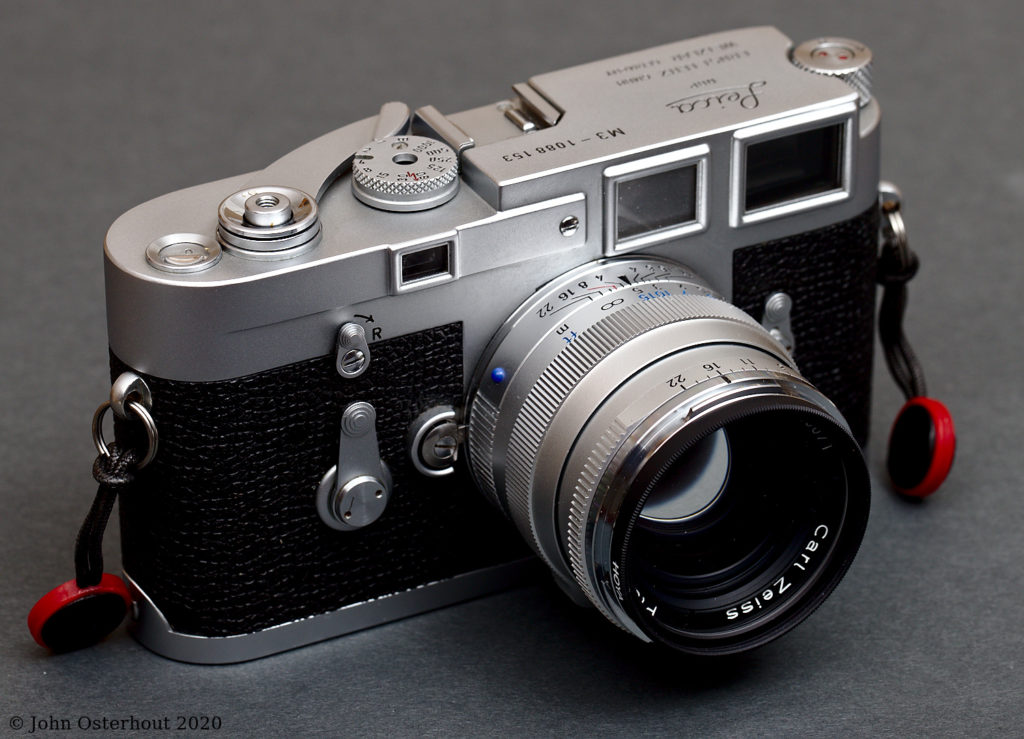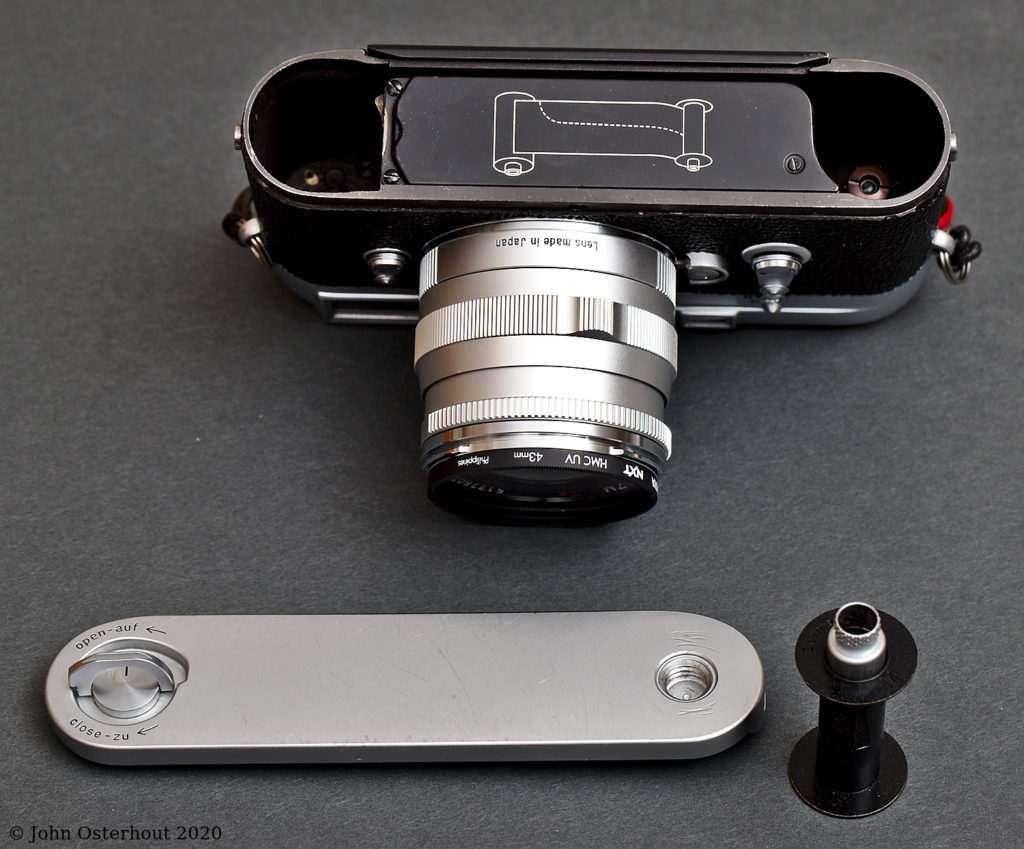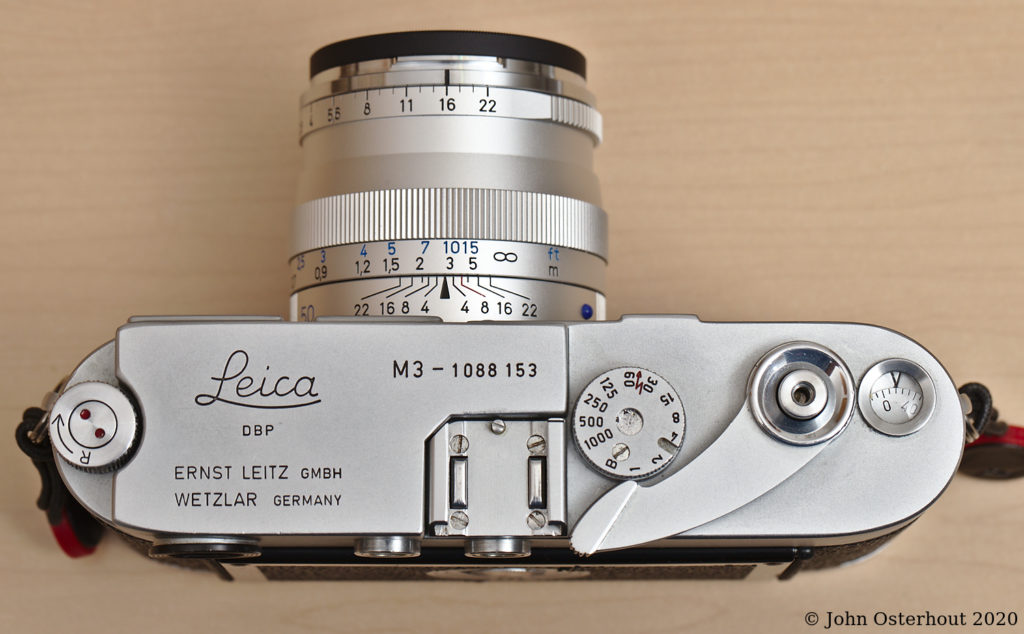
Disclaimer
This post is a lot of waffle about choosing and using a Leica M camera. It is the sort of post about Leica cameras available by the hundreds on the internet. If you know all about Leicas already and/or don’t care about my personal drama, then skip this post and look at the pretty pictures in the next post. Remember, you have been warned…
Ok, so you clicked on “Read More”, so it’s on you. Here we go: I confess, since I was just beginning in photography, I’ve wanted a Leica M camera. I started photography in about 1968, just after the M4 was introduced (circa 1967). Back then, before calculators, before cell phones, when dinosaurs roamed the earth, there was no internet, so my knowledge of the camera world was informed by photographic magazines. Yes, I lusted after the Leica M4. Of course, they were too expensive for a high school student, a college student, a graduate student, and a post-doctoral student. Life got in the way. Along that way, I used many other cameras, sometimes for art, sometimes for money, but usually for snapshots.
It wasn’t until just a couple of years ago that I began to reconsider buying a Leica M. I was retired, had a bit of cash, and thanks to digital photography, the price of used Leica film cameras had come into the “possible” range. Not reasonable really, but you could no longer buy a new car for the price of two Leica camera bodies. So let’s go buy a Leica M. But which one to choose?
The Candidates…
Decisions, decisions. I rejected all the digital leicas, because I have digital cameras and I long for the simplicity of film (See my post, Ode to the OM-1). I rejected the new Leica film cameras, the MP and the MA out of hand on price considerations, both go for $5000+ new for the body alone and my budget was half that for body and lens together.
So, the candidates are: the M3, M4, and M6. I arbitrarily eliminated the M2 and M5 from consideration. The basic characteristics of the contenders are:
Leica M3
- 0.91 finder
- 50, 90, and 135 mm framelines.
- double stroke or single stroke solid metal film advance
- built like a brick outhouse
Leica M4
- 0.72 finder
- 50, 90, and 35/135 mm framelines
- rewind crank
- rapid load mechanism
- plastic-tipped single-stroke film advance lever
- built a little cheaper than the M3
Leica M6 – 0.85 TTL
- rewind crank, rapid load, and plastic film advance as in the M4.
- 0.85 finder (Note: I didn’t consider the 0.72 or 0.58 variants.)
- 35/135, 50/75, and 90 mm framelines
- LED light meter, TTL (through the lens) for metering and flash.
- built a little cheaper than the M4
Considerations: 35mm Frame Lines?
If you consider the 35mm focal length to be your “normal” lens, then the M3 is right out – no 35mm frame lines. Of course, you can buy the, now expensive, Leica 35mm Summicron with goggles, or use an ungainly external finder, but if 35mm is your bread and butter then better to just have the 35mm framelines built in.
Me? I’m a “normal” lens (50mm for 35mm cameras) guy. Before I bought my beloved Olympus OM-1 in about 1973, I used five different cameras and only ever used the normal lens. After I got the OM-1 I bought my first accesory lens, the much-maligned Zuiko Auto-Zoom 75-150mm f/4. I mainly used it for people photography at events. Later I bought a Vivitar 90mm macro f2.8 for flower photography. So, even way back, I was a normal/short telephoto kind of guy. My first wide angle lens was affixed to the Olympus XA pocket rangefinder which I bought when I was in California in about 1985. I wanted a carry-everywhere, snapshot camera and I couldn’t afford any of the variants of the Rollei 35. I didn’t own a separate wide-angle lens until 2015, when I bought a Canon 35mm f/2 to go with my digital Canon 6D. So I spent a long time without a wide angle. I’m not bothered by the lack of 35mm (or 28mm) frame lines.
Meter?
If you have to have a light meter in your camera, then the M6 is for you. Do I have to have a meter? I’ve extensively used three cameras without light meters: two twin lens reflexes and a Mamiya Press 23. I used the Press 23 almost exclusively for about four years. I did not feel like I was missing anything by using a hand-held meter and I rarely missed my exposure. So, no, I don’t have to have a meter in the camera. It would be nice, but not absolutely required.
Of course, you can get an accessory meter from Leica or Voigtlander that uses the accessory shoe. If you do this, you cannot use an external finder at the same time. I’m ignoring solutions that require glue or duct tape…
And the Winner Is…
The Leica M3 (just in case you hadn’t guessed from the banner photo!). I decided I didn’t need wide angle frame lines, a light meter, rapid load, or a rewind crank. However, the main factor in my decision was the frame lines. The M3 shows only one set of frame lines at a time. With the M3 the frame lines for the 50mm lens take up the entire viewfinder. Since I will likely use a 50mm lens most of the time, this is very satisfying. In the 0.72 finder of the M4 and even in the 0.85 finder of the M6, the 50mm frame lines look like they take use only about half of the finder area. I have to give up all that finder acreage just to accommodate a wide angle lens that I won’t use or maybe even own. The 90mm frame line in the M3 looks like the 50mm frame in the M6 0.85. It’s large enough for the occasional use of a 90mm lens if I ever get one. Don’t get me started on the 135mm frame lines.
Single Stroke or Double Stroke?
I started with a bias toward the single stroke, since the OM-1 that I used for years was a single stroke. However, there is another factor involved. I needed to have a camera that I could use immediately, not one that I would have to send off for a CLA (clean, lubricate, and adjust) and wait weeks or months to get it back. So, the I decided to look for a camera on ebay or in a reputable camera store that had been recently CLA’d, lean toward a single-, but accept a double-stroke if that’s what was available.
As fate would have it, I immediately found a single-stroke M3 on ebay that was reportedly recently CLA’d by one of the top people. The seller wanted just a little more than my budget, but it wasn’t a deal breaker. So I bought it.
The Lens
I couldn’t afford the new Leica 50mm f/2 APO-Summicron-M aspherical lens, a bargain at Adorama for only $10,595, or the Leica 50mm f/2 Summicron-M (non-aspherical) for a paltry $2695 also at Adorama. So a new plan was in order. I could either get a used Summicron or a new Zeiss 50mm f/2 Planar ZM for a, still substantial, $903 at B&H photo. I went for the Zeiss with the hope that the combination of a CLA’d body and the brand spankin’ new lens would yield an immediately usable system.
There are some that would howl in despair at me putting a non-Leica lens on the venerable M3. I don’t care. If it takes decent pictures, I’m good.
The Zeiss Planar is reported to be within a hair of being as sharp as the newest and much more expensive Leica Summicrons. The only knock that I’ve read on the Zeiss is that it takes 43mm filters instead of the Leica-standard 39mm filters. Since I may only ever buy this one lens, I don’t care. Even if I did get a 90mm or (gasp) a 35mm lens that requires 39mm filters, then I’ll get a 39mm to 43mm adapter. No worries.
Foibles
The Leica has foibles. Some people are put off by different aspects of the M3. I’d be remiss if I didn’t address these. Since I’ve now had a chance to put a couple of rolls of film through the M3, I feel I’m ready to render up preliminary observations.
Rangefinder
It’s a rangefinder, man! What are you thinking? Well, I’ve used three rangefinder cameras in my life and had good success with all of them. The first was an Argus C3 (aka The Brick!) that my father had when I was a kid. It was my first 35mm camera. I used it mostly with Tri-X that I loaded myself from 100 ft rolls. I also shot my first rolls of color film on it. I remember it taking decent pictures. The second was a Mamiya Press 23, which was an excellent camera. I had a back that produced 6×7 cm negatives on 120 roll film. I loved those negatives! I sold the Mamiya when I needed a smaller camera, but the rangefinder aspect never bothered me. Years later, I wanted a pocket camera to carry everywhere. I couldn’t afford any of the Rollei 35 models and instead bought the Olympus XA, which was, you guessed it… a rangefinder camera. (I still have the Argus and the XA – watch out for posts…) Since I’ve had plenty of rangefinder experience, I anticipated no problems with the Leica M3.
Now that I’ve had the opportunity to put a couple of rolls of film through the M3, I can report that the rangefinder patch is big, bright, and easy to use. So, rangefinder? No worries.
Spool Loading

The Leica M3 has a film take-up spool that comes out of the bottom of the camera. The photo above shows the M3 in reload position. The film leader slots into the take-up spool, which you can see at the bottom right. then the film canister and spool are inserted back into the camera as indicated by the picture on the camera. The bottom plate is replaced and you are ready to wind the film to frame one. The frame counter automatically resets.
Many consider this to be a total pain in the, well, you know where the pain is. I was a little worried about this. So, the first time I loaded the M3, the spool came out, I stuck the leader of the film into the appropriate slot (it seemed very secure) I put the spool and film canister back in, and put the bottom back on the camera. Two single strokes. Ready to go! Easy peasy. No problems.
I can see that if you run out a roll during a creative frenzy and need, I mean really need to get a fresh roll going, that changing film while standing might be a problem. I’m not usually in a creative frenzy and most of my subjects will hold still. I usually try to find a quiet place and sit to change rolls anyway (preferably a place with cappuccino), so I’m not anticipating a lot of problems with the film spool.
Limited Frame Lines
Some people, especially those people for whom the 35mm is their lens of choice, bemoan the lack of wide angle frame lines in the M3. Since I’ve favored normal lenses in my photography for years, the frame-filling 50mm lines are just right for me. I don’t think I’d be happy with 50mm frame lines that make up only half of the view as in the Leicas with 0.72 finders. As noted earlier, this is a major reason for my rejecting the M6.
No Built-In Light Meter
As noted above, I’ve had lots of experience with off-camera meters. Would it be nice to have a built-in meter? Well, yes, but it’s not a deal-breaker. I usually set my camera for prevailing light as I go along so I’m ready if I need to make a snap shot. I did this with the M3 on my recent outings. I can worry about the composition instead of being distracted by match needles or LED lights in the viewfinder. So no problem with the lack of light meter.
Rewind Knob

Here is a top view of the M3. The rewind knob is on the far left. To rewind the film, you lift the knob to engage it, then twist, twist, twist, until you hear the end of the film pop off the spool. I had read that using the knob took a looooong time and was a BIG PROBLEM. Then I did it. Meh. Of course, to me, it’s not a loooong time unless it’s longer than it takes to finish my cappuccino. If you are in a BIG HURRY (see my creative frenzy remarks above) then this might be a problem. To those people, I say: chillax.
What I Like
Simply stated, I like the simplicity (See my earlier post Ode to the OM-1). After the film is in, you just have to worry about the exposure (f-stop and shutter speed) and the focus. I know that today’s cameras will do both the exposure and the focusing for you. Certainly my Canon 6D will. But when I use the auto exposure modes, I keep thinking “why is the camera doing that?” It is so annoying that I almost always have the 6D set to “manual”. With auto focus, which I use most of the time, I often have to defeat the focus choice made by the camera to get what I want. When I focus manually, I get the focus where I want it every damn time.
If you look over the M3, you won’t find a battery compartment. That’s because there’s no battery. There’s no light meter and the picture-taking functions of the camera are completely mechanical. So the M3 is never going to stop working because you go low battery. I love it. Of course, I wear a wind-up watch, which also, you guessed it, has no battery.
Conclusion
The Leica M3 is a lot of fun to use. Do I think it will suddenly transform me into a great photographer? Well, no, but I intend to give it a lot of use just because it’s fun. In the next post, I’ll present some photos from the M3.
Further Reading
There are a bazillion articles on the web about the Leica M cameras. Here is a small selection of links for your reading enjoyment.
M3
- Ken Rockwell (gotta love him) has declared the Leica M3 to be the best 35mm camera ever. Read his totally over-the-top review here.
- Hamish Gill runs a website about rangefinder cameras called 35mmc. You can find his take on the M3 here.
- Karen Nakamura runs a classic camera database at Photoethnography.com. Her M3 review is here.
M4
- Hamish Gill from 35mmc on the M4.
- Here is a review of a M4 variant,the M4-2, by Ryan HK on 35mmc.
- Here is a longish review from Leicaphilia that covers quite a bit more than just the M4.
M6
- Here is Ken Rockwell on the M6 and the M6 TTL.
- Bellamy on Japan Camera Hunter thinks that the M6 is the best Leica.
- Joe Monat gives us “Yet Another” review of the Leica M6, asking “Is It Worth the Hype?”.
Other Leicas
The M2 (35mm frame lines) and the M5 (first metered Leica) have their own advantages and foibles. They aren’t bad cameras, but my reading led me to concentrate on the M3, M4, and M6. There are two modern Leica film cameras, the MP and M-A. They seem like really nice cameras, but they are both over $5K for the bodies alone. Finally, I’ve ignored all the Leica digital cameras for the reasons stated. If you are interested in any of these cameras, they are easy enough to find in on the internet. Happy hunting!